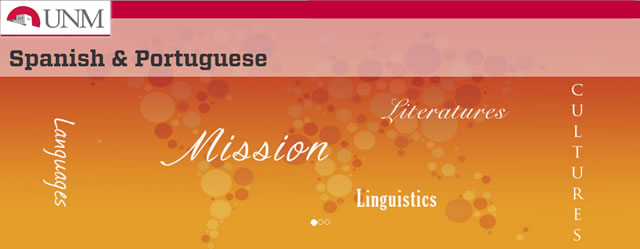
Spanish and Portuguese ETDs
Publication Date
9-1-2015
Abstract
This thesis examines how language deforms the image of the 'pagan and barbarous' inhabitants of the African continent, and specifically that of Queen Njinga of Matamba, through the process of 'Othering,' realized by the racist imperialist ideology embedded in European writings. I argue that the representation of Africans and African subjects in Fra. Cavazzi da Montecúccolo's writings deform their image. Cavazzi's writings draw from a stockpile of images that circulated in European ideology to represent the 'Other' and make inferior all non-Europeans and non-Catholics in order to justify the slave trade and colonization. I employ Walter Mignolo's argument that the 'darker side of the renaissance' is a racist ideology embedded in European language as an ideology of superiority. I buttress his argument with Mary Louise Pratt's analytical framework, as contained in Imperial Eyes (2007), which explores travel literature language that systematized nature 'as a European knowledge-building project. Taken together, these frameworks explain how European ideology imposed on native spaces of the Atlantic world via Eurocentric languages and knowledge, as a 'transculturation' strategy to justify European exploitation of 'Othered' peoples and cultures. I make use of Richard Popkins' 'Pre-Adamism and Racism' to link the racialist ideas that circulated in Early Modern Europe and were transposed to the Atlantic world as a thread to present day racism. The primary sources examined in this project are the travel writings of Capuchin Friar Giovanni Antonio Cavazzi da Montecúccolo (1621—1678) and letters written by Queen Njinga of Matamba (c. 1582-1663). Cavazzi's writings report about West Central Africa to the Holy See's Propaganda Fide missionary branch first published in 1668. He penned his 'eyewitness' narrative from his 1654-1667 travels in the Kongo-Angola-Matamba territory and his visit to the court of Queen Njinga. Cavazzi recorded within his text the twelve letters that he says the queen wrote to Portuguese governors and other European authorities. After thirty years of armed resistance, and aided by missionaries, the queen supposedly wrote these letters expressing her intention to make peace and her desire to be a faithful Catholic. These letters allow me to analyze how the queen represents herself or was represented, thereby revealing her transculturated wisdom, and thus to deconstruct Cavazzi's 'deformed' imperialist image of the queen.
Degree Name
Portuguese (MA)
Level of Degree
Masters
Department Name
Spanish and Portuguese
First Committee Member (Chair)
Bieber, Judy
Second Committee Member
Milleret, Margo
Language
English
Keywords
Early Modern, African History, Ibero Atlantic, Slavery, Portuguese Conquest
Document Type
Thesis
Recommended Citation
Cavalcanti-Bennett, Celina. "THE PENETRATION OF EUROPEAN IDEOLOGY IN THE ATLANTIC WORLD: “OTHERING” AND “DEFORMING” THE IMAGE OF THE AFRICAN QUEEN NJINGA OF MATAMBA IN THE NARRATIVE OF CAPUCHIN MONK FRA. CAVAZZI DA MONTECÚCCOLO." (2015). https://digitalrepository.unm.edu/span_etds/11
